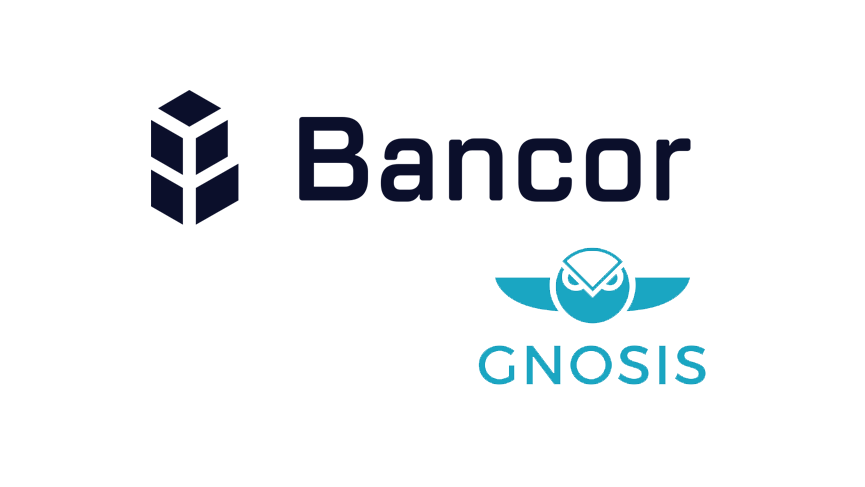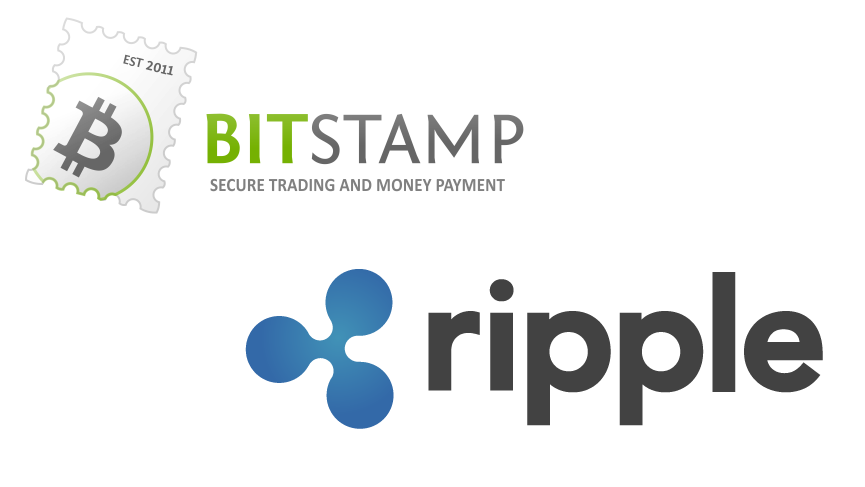Quantave, a London-headquartered company developing trade life-cycle infrastructure for digital assets, officially entered their closed beta-testing phase today. The infrastructure aims to open the digital asset market to institutional traders and investors, transforming the way they engage and transact, while ensuring the safety and security of their assets. Quantave is now testing the model with its initial partners.
The existing trade-lifecycle infrastructure that underpins the cryptocurrency market has, until now, been largely unsuitable for institutional investors. Accessing liquidity has been complex due to the fragmented nature of the market requiring repetitive onboarding and capital management processes.
Quantave’s solution simplifies access to liquidity in the market by providing a secure trade-lifecycle structure that is tried and tested in traditional markets.
For the first time, institutional participants such as family offices, fund managers, hedge funds, FX brokers, market makers and authorized participants will be able to access multiple broker-dealers and exchanges via a unified gateway, reducing complexity and resulting in a deeper pool of liquidity.
To reassure investors that they can engage in the market without conflicts of interest, Quantave’s infrastructure incorporates independent, EU regulated intermediaries to provide a clear distinction between the “execution” and “asset safeguarding” functions.
“Traditional markets have evolved with key roles isolated from each other with the objective of reducing risk and creating healthy competition. We aim to emulate this with our infrastructure. Both institutional investors and liquidity venues will benefit; investors will be able to transact confidently across multiple venues through independent asset safeguarding and execution functions, ultimately reducing risk. Liquidity venues will benefit from an increase in order flow as investors are able to enter the market via a proven channel. This is a very exciting time for this industry and marks a first step to accessing and unlocking liquidity in this increasingly sought after asset class.”




















